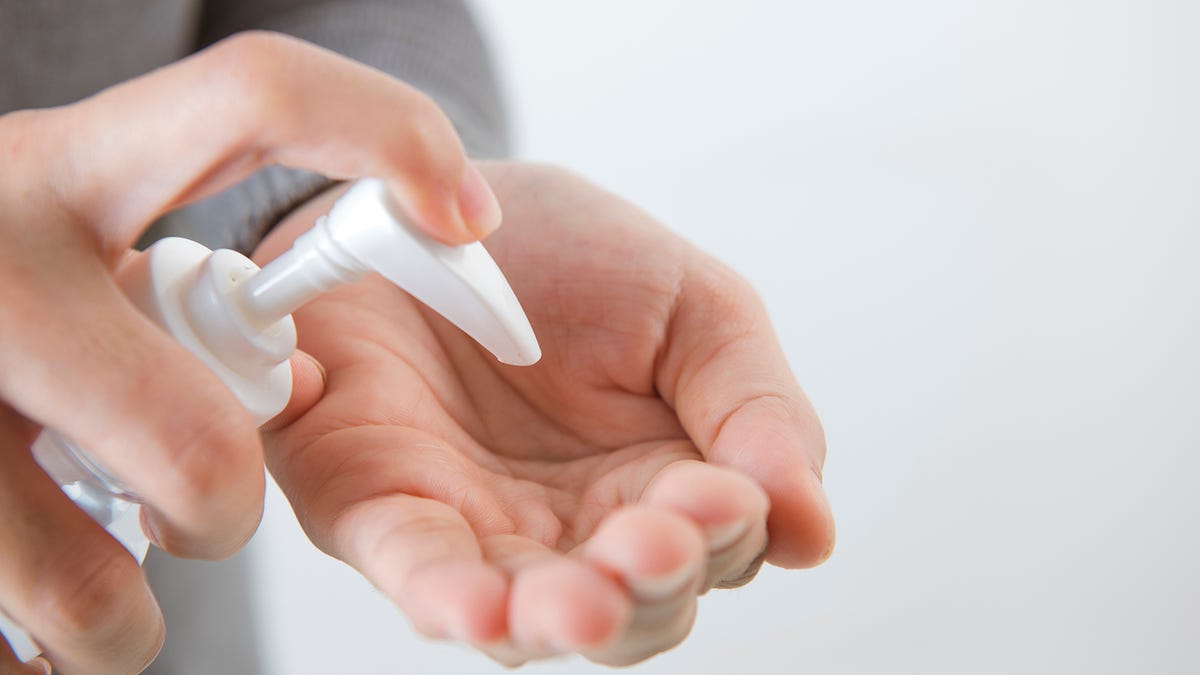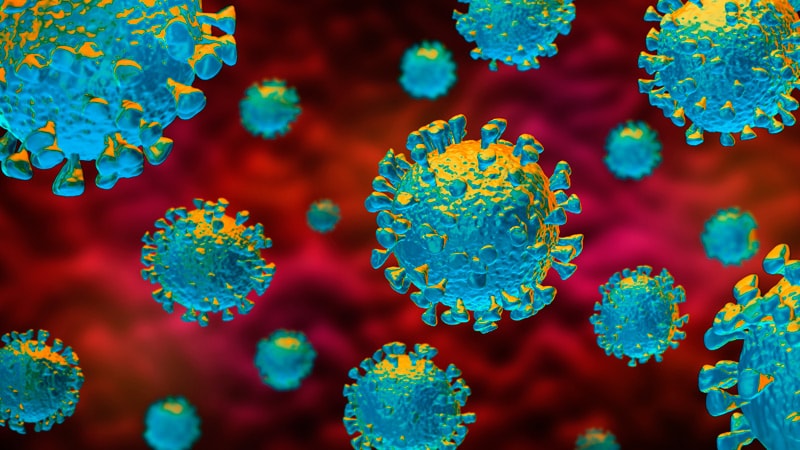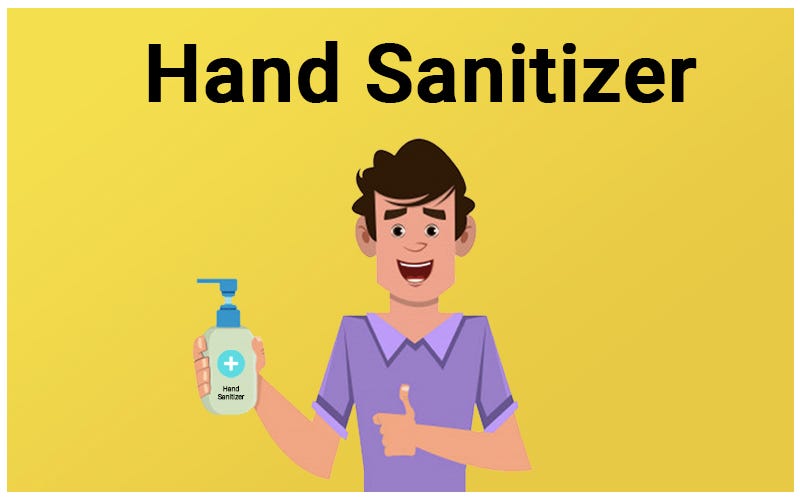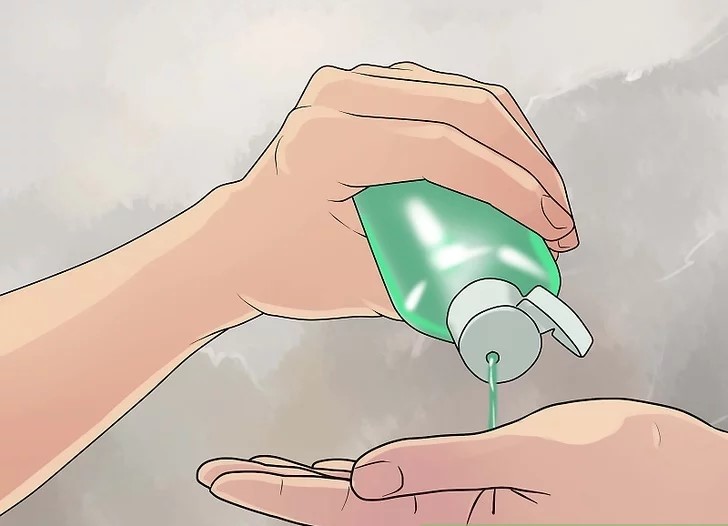DIY hand sanitizer: how to make your own sanitizer at home

Many of us have no choice but to prepare them at home to protect ourselves from the novel coronavirus pandemic.
According to the Centers for Disease Control and Prevention, cleaning your hands with a disinfectant that contains at least 60% alcohol is often one of the most effective ways to avoid COVID-19 infection.

Disinfectants inhibit the growth of certain types of germs, but do not eliminate all of them. The CDC suggests that washing hands with soap and water is more effective at killing germs than disinfectants. However, if soap and water are not available, use an alcohol-based hand sanitizer.

If you’re struggling to find a disinfectant at your local grocery store, the good news is that you can now make your own hand sanitizer at home. Read on to find out more.
“The World Health Organization has created a practical guide to DIY hand massage formulations with technical information on hand disinfectants. These recipes are intended for larger quantities of disinfectants.”
How To Make Your Own Hand Sanitizer At Home
This homemade disinfectant is not a 100% substitute for a suitable commercial disinfectant. Most of these ingredients have widely accepted antiviral properties, but have not been tested in a laboratory to work against coronavirus.

This disinfectant has an alcohol content of 60% +. However, this version has not yet been tested for effects against coronavirus. A tested version of the DIY hand sanitizer is available on the WHO official website.
Before trying this recipe, check with your doctor. Also, do not use this disinfectant on children’s skin, as they can be at higher risk if used improperly.
Homemade Hand Sanitizer Recipe
Clean the place with diluted bleach. Wash your hands thoroughly and do not touch the solution until it is completely finished.
Ingredients

- ⅔ cup rubbing alcohol (99% isopropyl alcohol) (or) ⅔ cup of ethyl alcohol
- ⅓ cup aloe vera gel
- 5-10 drops of essential oil
What to do

- Place all ingredients in a bowl with a measuring spoon.
- Whisk the solution thoroughly to make a gel.
- Use the funnel to pour the liquid into the empty bottle.
How to store
- Store the solution in a small container or squeeze tube with a simple opening.
- You can also keep it in a plastic bottle with a pump spray.
When And How To Use Hand Sanitizer

According to the CDC, it is mandatory to disinfect your hands several times a day, especially before eating, after going to the toilet, after coughing or sneezing, etc. Here are a few simple steps to thoroughly disinfect your hands:
- Inject a generous amount of disinfectant into the palm of your hand.
- Rub your hands thoroughly. Make sure you cover both hands, including your fingers, the inside corners, fingertips, nails, etc.
- Dry your hands After 20 seconds of rubbing your hands, your skin must have absorbed most of the disinfectant. If your hands are still damp, air dry them.
Now that you know how to use a hand disinfectant, we will learn the difference between hand washing and hand disinfectant.
Hand Sanitizer Vs. Hand Washing

The main difference between a hand sanitizer and a hand wash is that alcohol-based hand sanitizers don’t kill all types of germs. You must not remove hazardous chemicals such as pesticides and visible dirt. On the other hand, washing hands with soap and water reduces the amount of all types of germs and removes dirt, deposits and dirt.
Hand disinfectants are a good option if you can’t wash your hands or don’t have access to water at the moment. They are fast, easy to use and portable. Properly cleaning your hands is the best way to avoid infection or the spread of germs.
The last word

Germs are everywhere! You can contract them from various sources. Healthy hand hygiene is the key to not getting sick and spreading the germs further. If you’re having trouble buying hand sanitizer at your local store, try this homemade hand sanitizer recipe and stay safe! However, health authorities recommend washing your hands with soap and water over hand disinfectants.
